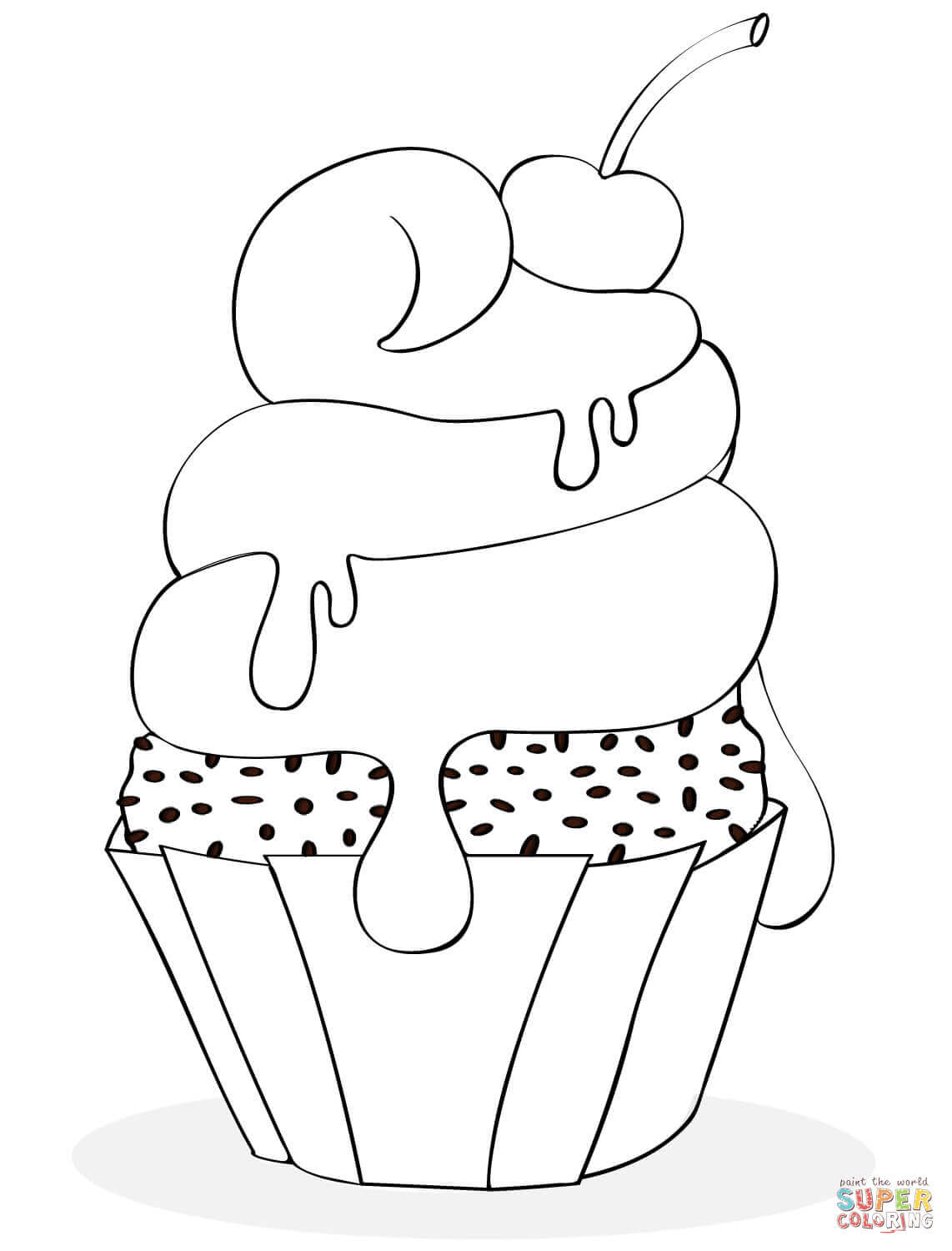In the world of art, there are endless subjects that artists can explore and bring to life on canvas. One such subject that has captivated artists for centuries is food. Paintings of food have been a popular genre throughout history, showcasing the beauty and appeal of various dishes and ingredients. Food has always held a special place in our lives, not only as a source of sustenance but also as a way to bring people together. It is no wonder that artists have been drawn to this subject, using their skills to capture the essence of food and evoke emotions in the viewers. Food paintings have a rich history, dating back to ancient times. In ancient Egypt, for example, paintings of food were often found in tombs, serving as offerings for the deceased in the afterlife. These paintings depicted lavish feasts and abundance, symbolizing prosperity and eternal sustenance. During the Renaissance period, food paintings took on a more realistic approach. Artists such as Giuseppe Arcimboldo became famous for their imaginative portraits made entirely of fruits, vegetables, and other food items. These paintings were not only visually stunning but also conveyed deeper meanings, such as the transience of life and the interconnectedness of nature. Food paintings capture the beauty and intricacy of various dishes. From still life paintings of fruit bowls to detailed depictions of gourmet meals, these artworks showcase the colors, textures, and shapes of different ingredients. The play of light and shadow adds depth and dimension to the paintings, making them come alive on the canvas. Moreover, food paintings can evoke a sense of nostalgia and comfort. A painting of a warm slice of apple pie or a steaming cup of hot chocolate can transport the viewer back to cherished memories and evoke feelings of warmth and happiness. Artists are drawn to painting food for several reasons. For one, food is a universal subject that resonates with people from all walks of life. Everyone can relate to the pleasure of enjoying a delicious meal or the anticipation of tasting something new and exciting. Furthermore, food offers a unique opportunity for artists to showcase their technical skills. Painting intricate details of food requires precision and patience, allowing artists to push the boundaries of their abilities and create stunning works of art. If you're an aspiring artist interested in painting food, here are some tips to get you started: 1. Study the subject: Take the time to observe and study different types of food. Pay attention to their shapes, colors, and textures. This will help you accurately portray them on canvas. 2. Experiment with lighting: Lighting plays a crucial role in food paintings. Try different lighting setups to see how they affect the mood and atmosphere of your artwork. 3. Use a limited color palette: To create a cohesive and harmonious painting, limit your color palette to a few key colors that complement each other. 4. Practice patience: Painting food requires attention to detail and patience. Take your time and don't rush the process. Enjoy the journey of creating something beautiful. Food paintings can serve as a great source of inspiration for both artists and food enthusiasts. They can spark creativity in the kitchen, inspiring new recipes and flavor combinations. They can also be a source of visual delight, bringing beauty and joy into our everyday lives. Whether you're an artist looking to explore new subjects or simply someone who appreciates art, take a moment to admire the beauty and skill behind paintings of food. They offer a unique perspective on the world of cuisine and remind us of the importance of savoring every bite.The Art of Capturing Food on Canvas

The History of Food Paintings

The Beauty of Food
Why Artists Love Painting Food

Tips for Painting Food


Inspiration from Food Paintings








